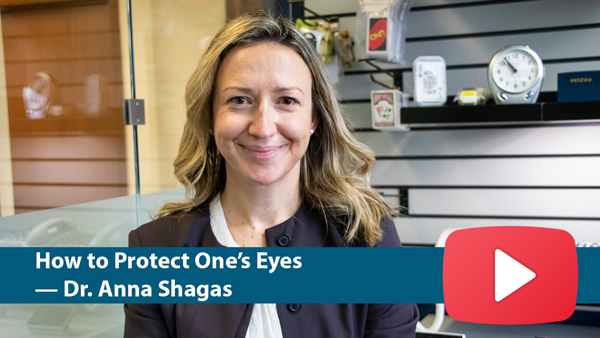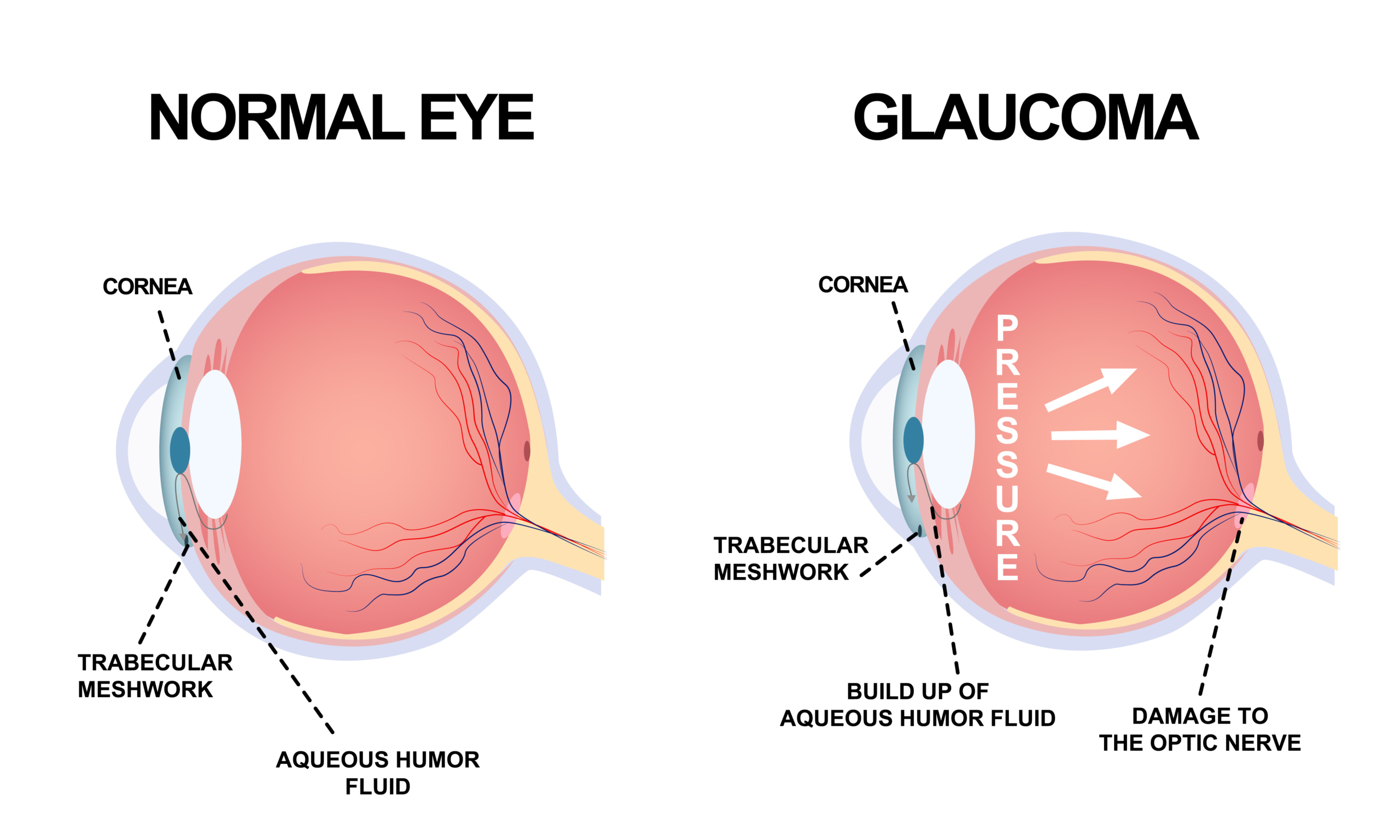What is Retinitis Pigmentosa (RP)?

Retinitis Pigmentosa (RP) consists of several hereditary diseases that cause deterioration of the photoreceptor cells within the retina. The retina is the light sensitive tissue lining the back of the eye. As the photoreceptor cells deteriorate, vision loss progresses.
What are Photoreceptor Cells?
Photoreceptor cells live within the retina. They are responsible for capturing and processing light. There are 2 types of photoreceptor cells:
- Rods are cells that are responsible for peripheral (side) and night vision.
- Cones are cells that are responsible for detailed vision (reading, driving, recognizing faces). They are also responsible for distinguishing colors.
Retinitis Pigmentosa typically damages the rods, affecting patients’ night and side vision. This eventually leaves only “tunnel vision”.
Symptoms of Retinitis Pigmentosa
It is important to understand that there are variations in this eye condition. Typically, the symptoms of RP are recognized in children, adolescents, and young adults. The disease then progresses throughout the individual’s life. The following is a typical advancement of RP:
Night vision begins to deteriorate, progressing to night blindness
- Most forms of RP first attack the rod cells, which are responsible for night and peripheral vision.
- Night blindness is similar to what typically sighted individuals encounter when entering a dark room after being outside in the bright sunlight.
Peripheral vision begins to fail leading to “tunnel vision”
- As the disease progresses, more rod cells degenerate.
- A ring of vision loss in the mid-periphery is often experienced.
- Small islands of vision in the extreme periphery may remain.
- RP patients usually, though not always, keep a small degree of central vision their entire life.
Problems with color vision
- Some people may also have trouble seeing different colors.
Loss of central vision
- Some people also have problems with central vision. This can make it difficult to do detailed tasks such as reading or threading a needle.
Treatment / Current Research
Unfortunately, currently there is no effective treatment to cure retinitis pigmentosa (RP). However, there is extensive research being conducted at this time.
Current RP research includes:
- Vitamins and supplements — Studying vitamins and supplements that can slow the loss of vision in certain forms of RP.
- Gene therapy — Isolating the genetic mutation that is the cause of RP could potentially lead to figuring out how to restore the production of the missing or abnormal protein.
- Retinal transplantation — Transplantation of stem cells into the retina to potentially replace dead cells.
- Retinal prosthesis — Using retinal prosthetics. These transform light into electrical signals. Those signals can be sent directly to the inner retina and brain, avoiding the diseased part of the outer retina.
Living with Retinitis Pigmentosa
Skills needed to continue to stay active and independent:
- Safe mobility skills are important to stay active and independent. These can be obtained from training with an Orientation and Mobility specialist (O&M) or occupational therapist (OT) who specializes in low vision rehabilitation.
- Using adaptive aids like sun filters to help maximize the remaining vision.
We’re Leaders in Blind Employment – View Our Open Positions and Apply Today!
The Lighthouse for the Blind, Inc. transforms the lives of people who are blind, Deafblind, and blind with other disabilities. We are leaders in blind employment. Through employment opportunities, we are a catalyst for empowerment. We foster self-confidence and instill a life changing affirmation that independence is possible. From our expertise in cutting-edge technology to our understanding of mobility, we help people who are blind, Deafblind, and blind with other disabilities live fulfilling lives.
Stories of RP
People with Retinitis Pigmentosa can, and do, still lead very full, independent lives. Read about these Lighthouse employees who are living with RP:



